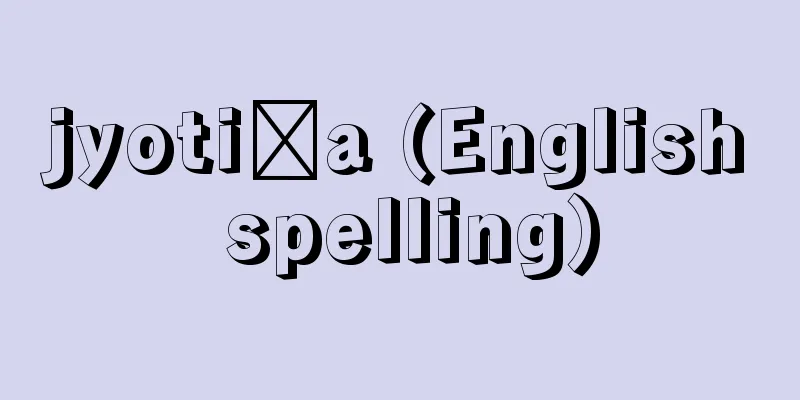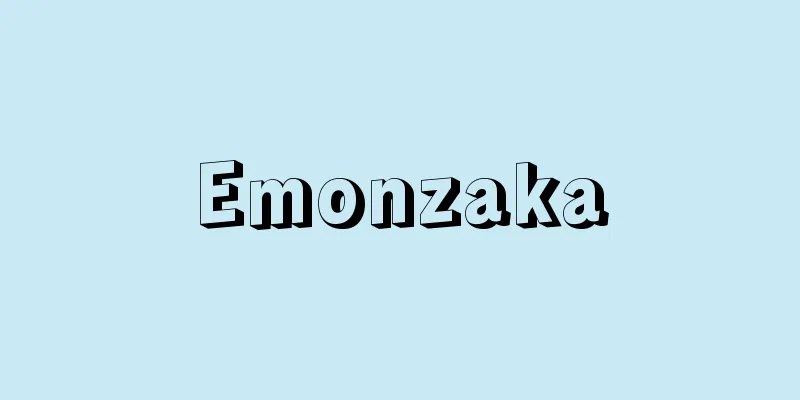Kebiishi

|
From the early Heian period onwards, the Ryogenokan (official office outside the law) was established mainly to investigate violations within the capital. It was divided into two offices, the Kebiishicho (official office for the shogun), or Shicho (official office for short). Shicho was located in Emonfu, and as a rule, the Shicho officials also served as Emonfu officials. At first, the number of staff was small, but it was later increased, and in the Engi Emonfushiki, each office was to have one suke, one jo, one sakan, one fusho, and nine kacho, and above these staff was a betto (official chief). As a rule, the kami (official chief of the Emon) was appointed as the Shibetto, and in many cases, councillors or chuunagon (middle counsellors) also held the post, and the betto-sen (official office) had such authority that it was said to be comparable to an imperial decree. As for the armed forces of the Kebiishi, the Chief Inspector (Kado no Osa), who was a kanojo (chief of the rank of fire chief), patrolled the city of Kyoto and performed routine police duties, but sometimes officials of the rank of lieutenant general would lead large numbers of attendants and retainers, and take on issues in an organization similar to that of a samurai group. Kebiishi did not only have jurisdiction over Kyoto or Kinkyo, but also dispatched to distant lands by imperial decree. In 1028 (Chogen 1), Kebiishi were the first to be dispatched to suppress the Taira Tadatsune Rebellion. Kebiishi pursued and apprehended criminals, and also administered trials and sentencing. They also accepted civil lawsuits, and were involved in the civil administration of Kyoto City, such as managing the city, repairing and providing roads and rivers, and sometimes took on tasks related to tax collection, such as inspecting property for sale, collecting unpaid taxes, and inspecting land. Since Kebiishi were effective at the center, they were also placed at the national or county level in the provinces, and sometimes at shrines, to maintain public order. Their power declined with the rise of the samurai, and they lost their real power after the Kamakura period. [Morita Tei] "A Study of the Military System in the Heian Period" by Mitsuo Inoue (1980, Yoshikawa Kobunkan) " "The Police State in the Heian Period Centered on the Kebiishi" by Masao Tanimori (1980, Kashiwa Shobo) [Reference] | |In 866 (Jogan 8), a group of kebiishi officers headed to capture Tomo no Yoshio, who was believed to be the culprit behind the arson of the Otenmon Gate. A copy of "Ban Dainagon Ekotoba" (Illustrated Story of Minister Tomo) is held at the National Diet Library . Kebiishi as seen in the Ban Dainagon Ekotoba Source: Shogakukan Encyclopedia Nipponica About Encyclopedia Nipponica Information | Legend |
|
平安時代初期以降主として京中の非違(ひい)を検察するため設けられた令外官(りょうげのかん)。左右に分かれ、その役所を検非違使庁、略して使庁という。使庁は衛門府(えもんふ)に置かれ、使官人も原則として衛門府官人が兼帯した。最初は職員の数も少なかったが、のちには増員され、延喜(えんぎ)衛門府式では左右それぞれにつき佐(すけ)1、尉(じょう)1、志(さかん)1、府生(ふしょう)1、火長(かちょう)9を置くことになっており、さらにこれらの職員の上に使別当(べっとう)が置かれた。使別当には衛門督(かみ)が就任するのが原則で、多く参議ないし中納言(ちゅうなごん)が兼任し、別当宣(せん)は奉勅宣に匹敵するといわれるほどの権威を有していた。検非違使の武力としては、火長身分である看督長(かどのおさ)が京都市中を巡邏(じゅんら)し日常的な警察業務に従っていたが、尉クラスの官人が多数の従者、郎等(ろうとう)を率い、武士団のごとき編成をもって事にあたることがあった。 検非違使は京ないし近京の地を管轄するだけでなく、宣旨を得て遠国に出動することがあり、1028年(長元1)平忠常(ただつね)の乱のときも最初検非違使が鎮圧のために差遣された。検非違使は犯人追捕にあたるとともに裁判や科刑のことも行い、さらに民事的訴訟も受理し、市(いち)の管理や道路、河川の修復ないし賑給(しんごう)などの京都市内の民政にも関与し、運上物の検封や租税未進の勘徴ないし検田のような租税収取関係の任務につくこともあった。中央に置かれた検非違使が有効であったことから、地方においても国ないし郡単位で置かれ、神社に置かれることもあり、治安維持にあたった。武士の台頭により勢力は衰え、鎌倉時代以降は実質を失っていった。 [森田 悌] 『井上満郎著『平安時代軍事制度の研究』(1980・吉川弘文館)』▽『谷森饒男著『検非違使を中心としたる平安時代の警察状態』(1980・柏書房)』 [参照項目] | |866年(貞観8)、応天門放火の犯人とされた伴善男の捕縛に向かう検非違使の一行。『伴大納言絵詞』 模写国立国会図書館所蔵"> 『伴大納言絵詞』にみる検非違使 出典 小学館 日本大百科全書(ニッポニカ)日本大百科全書(ニッポニカ)について 情報 | 凡例 |
>>: Guevara - Ernesto "Che" Guevara
Recommend
Twenty-two shrines
A shrine that received special reverence from the...
Shale - shale
A mudstone that is thin and easily flaks off, also...
Inspector - Ansatsushi
… [Regions] In the local government system, the a...
Berkshire Bread Act
…The Berkshire Bread Act was a system of wage sub...
New edition added - Shinpen Tsuika
This is a compilation of single-line laws issued ...
Numbers - Numbers
The act of counting is an ability unique to human...
Rhacomitrium canescens (English spelling) Rhacomitrium canescens
… [Kitagawa Takashi]. … *Some of the terminology ...
National Personnel Authority - JINJIIN
This is a central personnel administration agency...
NDB - NDB
A non -directional radio beacon is a device that e...
Kāfūr (English spelling)
… Muhammad put an end to the political turmoil in...
Oriole, JB - Oriole
...The basis of clowning was laid by Joseph Grima...
Immunotherapy - Men'ekiryoho (English spelling) Immune therapy/Immunotherapy
In a broad sense, immunotherapy is a general term ...
Toyooka [Village] - Toyooka
A village in Iwata County, western Shizuoka Prefec...
Narrative - Kathariq
1 Flat song, no verses Real voice Voice The part t...
Antwerp
…A large trading port and coastal industrial city...









